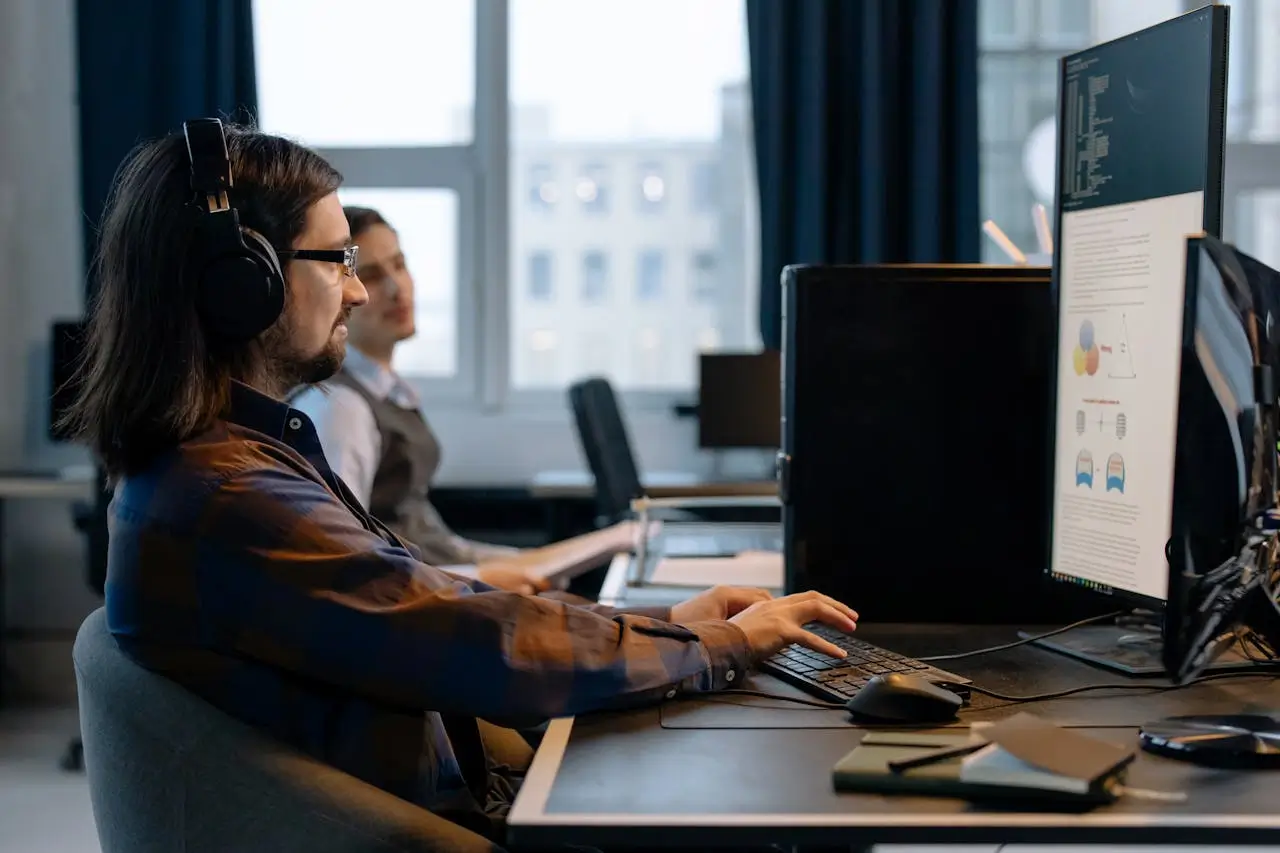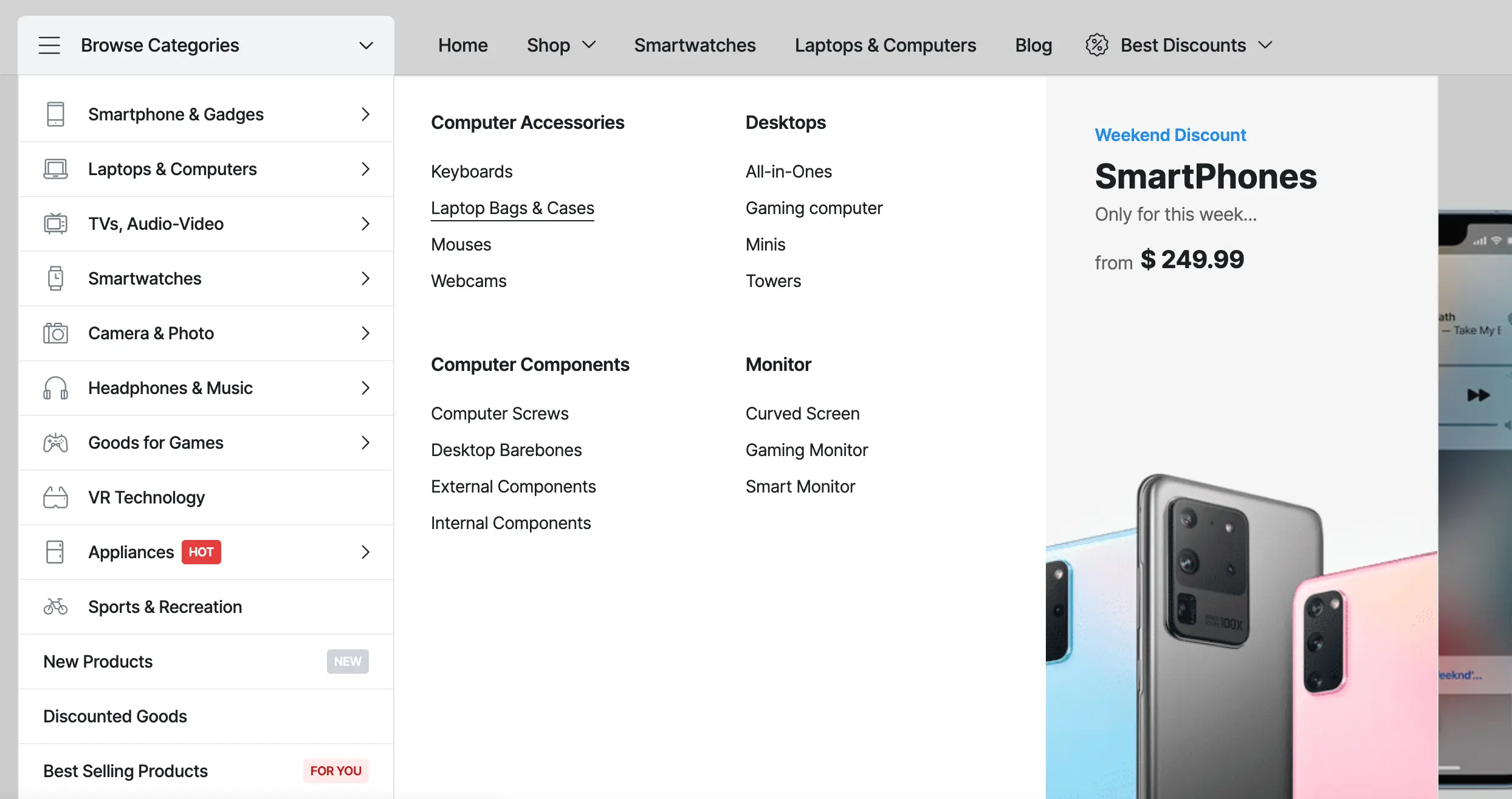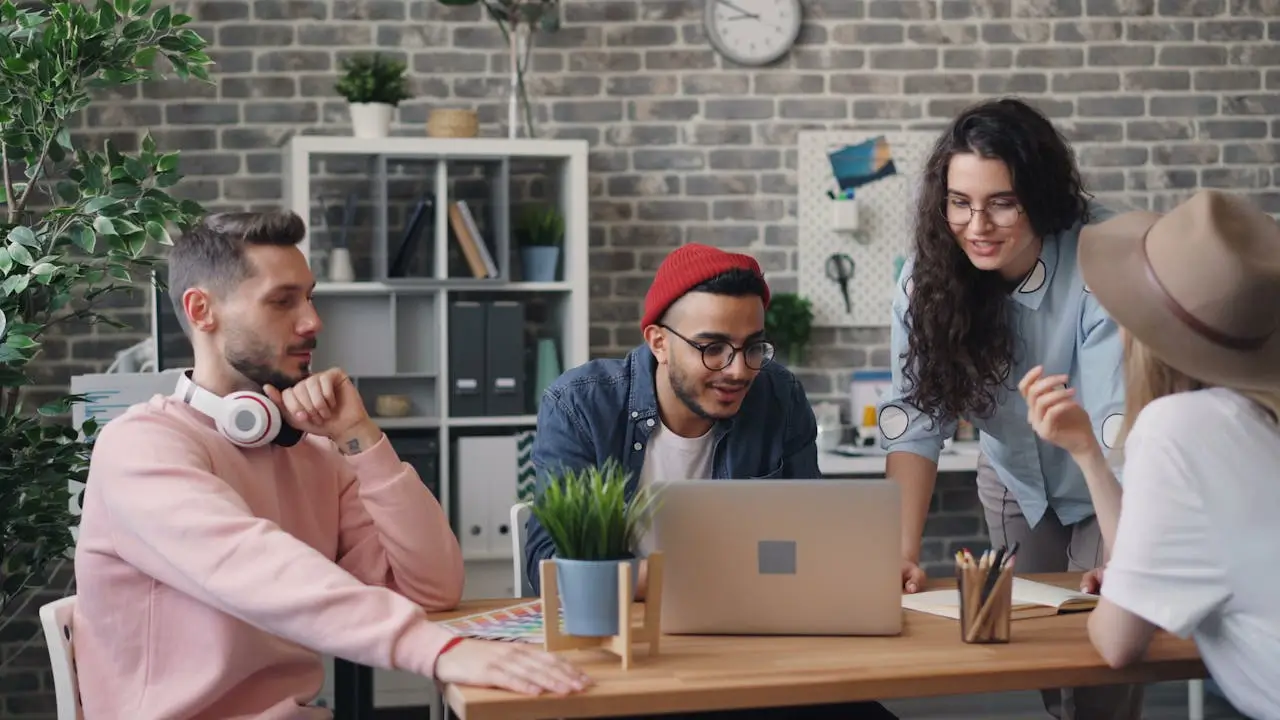Do we care about the accessibility of our site?
This article is about the accessibility of the sites and how important it is to optimize your site for accessibility so that it is available to all users.
The term accessibility is often confused with the availability of the site – whether our site is available online and whether it is available for loading. This is one of the reasons that sometimes causes confusion and quite often people neglect the importance of accessibility.
While the main concern for the availability of our site is usually our hosting company, we are responsible for its accessibility.
What is website accessibility?
From its inception, the web space is designed to be used equally well by all people, regardless of the hardware or software they use, the situation or location they are in, and most importantly, regardless of their physical abilities or limitations.
Accessibility by definition means that any website, software or online technology is designed to be accessible for use by all users, regardless of their temporary or permanent difficulties.
This means that they can navigate the content, be able to retrieve the information they need, be able to understand the content and last but not least – be able to publish content to communicate with the online world.
What are the difficulties that consumers experience?
There are people around the world with a wide variety of disabilities that make it difficult to perceive online content. In addition, anyone may find themselves in a situation where they have difficulty accessing certain content. The most common difficulties that would prevent our users from fully consuming our online content are:
- Visually Impaired – Blind people use specialized software called a screen reader that reads aloud the content of our site for them using synthesized speech. Braille readers are specialized hardware through which blind users can read the content of our site through the sensitivity of their fingers. The software on these devices also uses the text on our site to reproduce the symbols for the blind. Therefore, we must make sure that each content or element of our site has a text representation and can be read by screen readers.
- Dyslexia – People with dyslexia and other disorders related to world perception may be sighted but have difficulty reading texts. To facilitate their experience on our site, we must provide clear and legible texts by following some simple rules for line length and spacing. Some of them also use screen readers, like the blind, to further facilitate their online experience.
- Poor vision – People with partial vision can also be prevented from making the most of our content. They usually use software to scale certain parts of the screen. In addition, they must be able to enlarge the font of our site so that they can read the content clearly. Our text must be clearly legible against the background on which it is located. Quite often, in order to achieve certain effects in the design of the site, we ignore this and some part of the content may remain unreadable.
- Physical disabilities – People with hand injuries, for example, may be prevented from using a mouse and navigating only with a keyboard. Therefore, we must make sure that our site is fully usable only with a keyboard . Other users may be completely paralyzed by having to use various specialized devices such as mouthpieces, eye tracking systems, or voice recognition software.
- Deafness – For users who are partially or completely hearing impaired and cannot perceive audio content, it is necessary to provide a way to access the information in it. This can be done through subtitles of videos or by transcribing the audio recordings so that all their content can be read.
- Use entirely on mobile devices – Some users have access to the Internet only from mobile devices or other devices with small screens. This sounds pretty familiar to everyone these days, doesn’t it? We need to make sure that our site is suitable and easy to read for small screens, as well as to make sure that users have the opportunity to navigate it.
- Restricted Internet access – Unfortunately, some users do not have access to a high-speed Internet connection. These users would benefit from a faster loading of our site. In addition, their inability to watch video or listen to audio content due to poor connectivity could be offset by transcribed text.
- Limited time – In our hectic daily lives, many people have limited time, so if we offer our content in only one format, they may never reach it. Some users may not be able to watch an entire video or listen to an entire podcast, but if we have our text content, they can quickly go through it and find the information that is important to them. Others do not have time to read and would prefer to listen to an audio recording of your blog post while driving or walking.
Now, perhaps, many of you are asking yourself, “How many of my users are having such difficulty?” From some of the examples, you may have noticed that we don’t need to have a disability to be in a situation where we need a more accessible online space. In fact, one in five users has some permanent or temporary difficulty accessing the Internet . And what if you could increase your potential customers or readers by 20%?
There are many ways we can help users with various difficulties to obtain our content. In addition, many of these techniques and standards help to improve the overall user experience of all other visitors to our site.
Accessibility is not only a technical but also a moral responsibility that we must bear not only as an online presence, but also as a business. Responsibility to our users, customers, readers.
Related Articles
If you enjoyed reading this, then please explore our other articles below:
More Articles
If you enjoyed reading this, then please explore our other articles below:



















 2019-2025 ©
2019-2025 ©